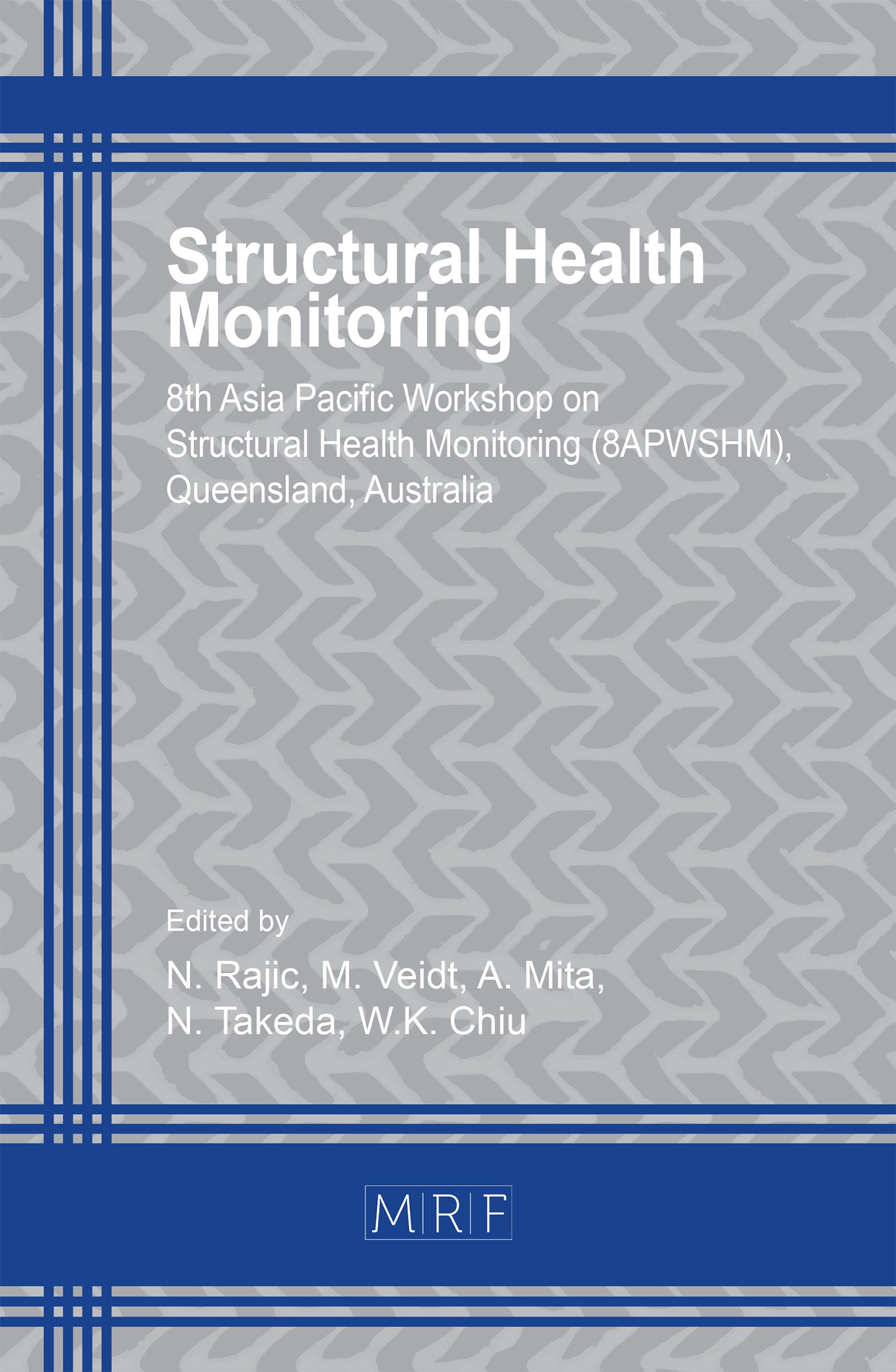Experimental Research on the Effectiveness of Speed Reduction Markings based on Drivers’ Operating Performance: A Driving Simulation Study
Han Ding, Li Cui, Xiaohua Zhao, Wanheng Li
download PDFAbstract. Speed reduction markings (SRMs), which are widely used on highways and urban roads in China, are designed to inform drivers of the upcoming road conditions and thus encourage them to reduce travel speed. The objective of this paper is to test the effectiveness of SRMs on drivers’ operating performance and decision to decelerate in downhill segments on urban roads. Data of gas and brake pedal use was collected in a driving simulator experiment, and a subjective questionnaire survey was conducted. Two indicators—the operating frequency and operating power—were proposed to evaluate drivers’ operating performance due to SRMs. Results of the subjective questionnaire study showed that the majority of subjects were affected by SRMs while driving through downhill segments with distinct roadway grades (3%, 2%, 1.5% and 1% in experimental scenarios). In terms of the operating frequency, the results of the analysis of variance with repeated measures (rANOVA) and the contrast analysis (S-N-K method) showed that transverse speed reduction markings (TSRMs) were significantly effective in influencing drivers’ frequency of letting off the gas pedal when roadway grades of downhill segments were 3%, 2%, and 1.5% (p<0.05), while longitudinal speed reduction markings (LSRMs) had little effects; both types of SRMs are effective in increasing the frequency of pressing the brake pedal in all four downhill segments. For the operating power, the gas pedal power was significantly affected by TSRMs in all four roadway scenarios; TSRMs also tended to increase the brake pedal power when the roadway grades were 2% and 1.5%, while both types of SRMs had similar effects in road sections with roadway grades of 3%.
Keywords
Traffic Safety, Speed Reduction Markings, Driving Simulation, Decelerating Decision, Operating Performance
Published online 2/20/2021, 14 pages
Copyright © 2021 by the author(s)
Published under license by Materials Research Forum LLC., Millersville PA, USA
Citation: Han Ding, Li Cui, Xiaohua Zhao, Wanheng Li, Experimental Research on the Effectiveness of Speed Reduction Markings based on Drivers’ Operating Performance: A Driving Simulation Study, Materials Research Proceedings, Vol. 18, pp 311-324, 2021
DOI: https://doi.org/10.21741/9781644901311-38
The article was published as article 38 of the book Structural Health Monitoring
![]() Content from this work may be used under the terms of the Creative Commons Attribution 3.0 licence. Any further distribution of this work must maintain attribution to the author(s) and the title of the work, journal citation and DOI.
Content from this work may be used under the terms of the Creative Commons Attribution 3.0 licence. Any further distribution of this work must maintain attribution to the author(s) and the title of the work, journal citation and DOI.
References
[1] Statistics of Traffic Crashes in China in 2012. Retrieved Mar 18, 2013, from http://www.tranbbs.com/MResearch/Daten/MResearch_111913.shtml. .
[2] Standardization Administration of the People’s Republic of China. Road Traffic Signs and Markings (GB5768-2009). Beijing, 2009.
[3] Federal Highway Administration. Manual on Uniform Traffic Control Devices for Streets and Highways (2009 Edition). U.S. Department of Transportation, 2009
[4] Gates, T. J,X. Qin, and D. A. Noyce. Effectiveness of Experimental Transverse-Bar Pavement Marking as Speed-Reduction Treatment on Freeway Curves. In Transportation Research Record: Journal of the Transportation Research Board, No.2056, Transportation Research Board of the National Academies, Washington, D.C., 2008, pp. 95-103. https://doi.org/10.3141/2056-12
[5] Katz, B. J. Peripheral Transverse Pavement Markings for Speed Control. Dissertation submitted to the faculty of the Virginia Polytechnic Institute and State University in partial fulfillment of the requirements for the degree of Doctor of Philosophy in Civil Engineering. Blacksburg, Virginia, 2007.
[6] Ding, H., X. H. Zhao, J. Rong, and J. M. Ma. Experimental Research on the Effectiveness and Adaptability of Speed Reduction Markings in downgrade Sections on Urban Roads: A Driving Simulation Study. Research Report in Transportation Research Center in Beijing University of Technology, 2014. https://doi.org/10.1016/j.aap.2014.11.018
[7] Meyer, E. Application of Optical Speed Bars to Highway Work Zones. In Transportation Research Record: Journal of the Transportation Research Board, No. 1657, Transportation Research Board of the National Academies, Washington, D.C., 1999, pp. 48-54. https://doi.org/10.3141/1657-07
[8] Jiang, J., Z. J. Wang, J. Wu, and J. Lu. Effectiveness and Adaptability Analysis of Typical Speed Control Measures. Journal of Transport Information and Safety, Vol.28, No.155, 2010, pp.96-99.
[9] Kaber, D. B., Y. L. Liang, Y. Zhang, M. L. Rogers, and S. Gangakhedkar. Experimental Driver performance effects of simultaneous visual and cognitive distraction and adaptation behavior. Transportation Research Part F: Traffic Psychology and Behavior, 15 (2012), pp.491-501. https://doi.org/10.1016/j.trf.2012.05.004
[10] Zheng, F. Research on Design and Application of Road Speed Control Facilities. In Master Thesis of Jilin University, Jilin University, Changchun, 2007
[11] Ren, F. T., X. M. Liu, and J. Rong. Traffic Engineering (Second Edition). China Communications Press, Beijing, 2008.
[12] Ding, H. X. H. Zhao, J. Rong, and J. M. Ma. Experimental Research on the Effectiveness of Speed Reduction Markings Based on Driving Simulation: A Case Study. Accident Analysis & Prevention 60 (2013): 211-218. https://doi.org/10.1016/j.aap.2013.08.007
[13] Mulder, M., M. Mulder, M.M. van Paassen, and D.A. Abbink. Haptic Gas Pedal Feedback. Ergonomics, Vol. 51, No. 11, 2008, pp. 1710-1720. https://doi.org/10.1080/00140130802331583
[14] Rakauskas, M. E., L. J. Gugerty, N. J. Ward. Effects of Naturalistic cell phone conversations on driving performance. Journal of Safety Research 35 (2004): 453-464. https://doi.org/10.1016/j.jsr.2004.06.003
[15] China Has More Than 0.236 Billion Licensed Drivers and 0.225 Billion Registered Vehicles. Retrieved May 30, 2012, from http://news.mycar168.com/2012/02/263721.html.
[16] The Ministry of Housing and Urban-Rural Development of the People’s Republic of China. Code for Design of Urban Road Engineering (CJJ37-2012). Beijing, 2012.
[17] Xu, S. L. The Study on the Discriminating Method of Driving Fatigue Based on Physiological Signal. In Master Thesis of Beijing University of Technology, Beijing University of Technology, Beijing, 2012.
[18] China Has More Than 0.3 Billion Licensed Drivers. Retrieved Nov 27, 2014, from http://www.mps.gov.cn/n16/n1237/n1342/n803715/4287614.html.































